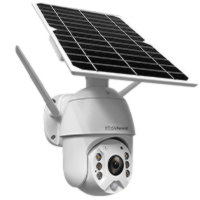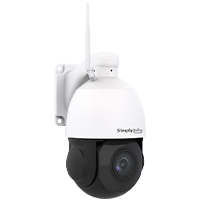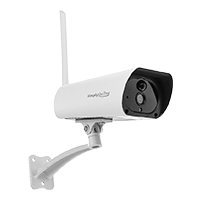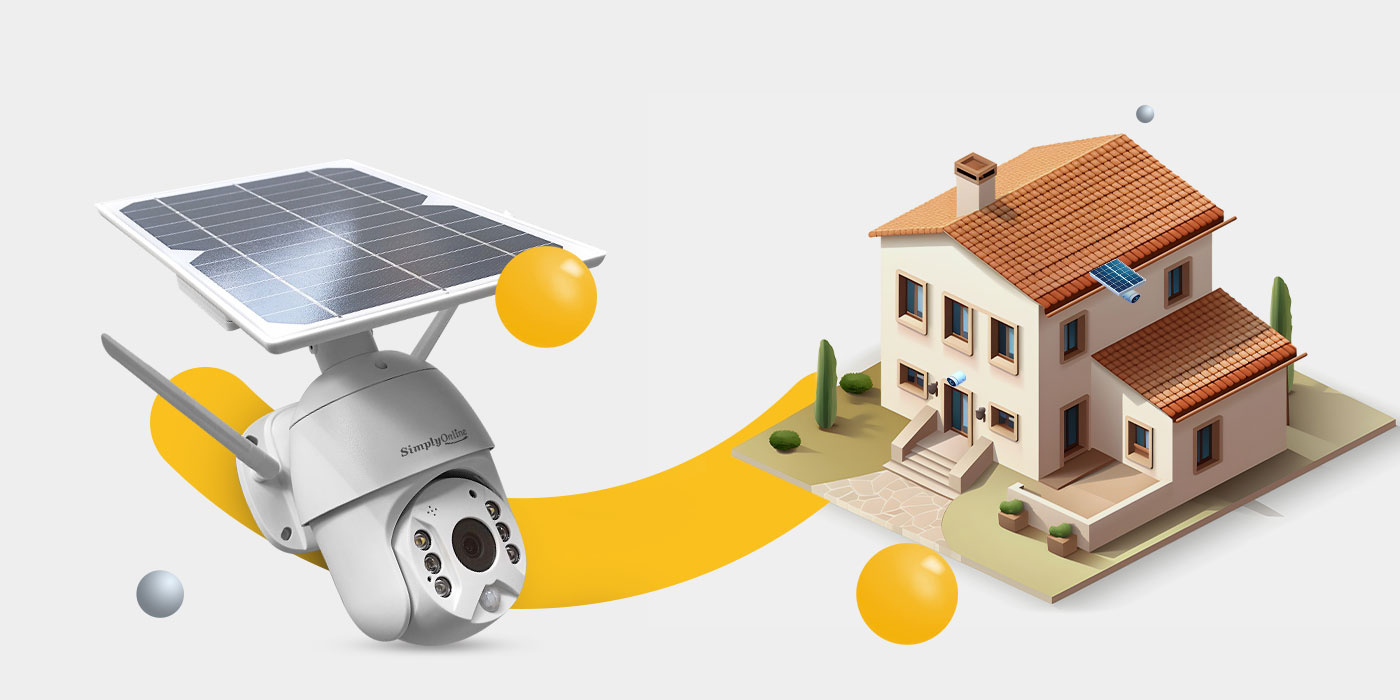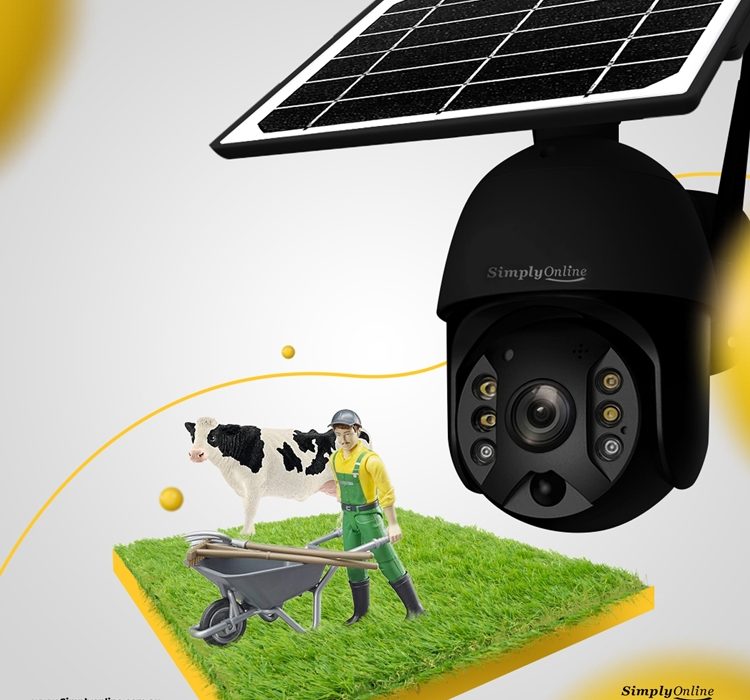Wireless CCTV home security systems created to provide top-notch protection against intruders and maintain family safety.
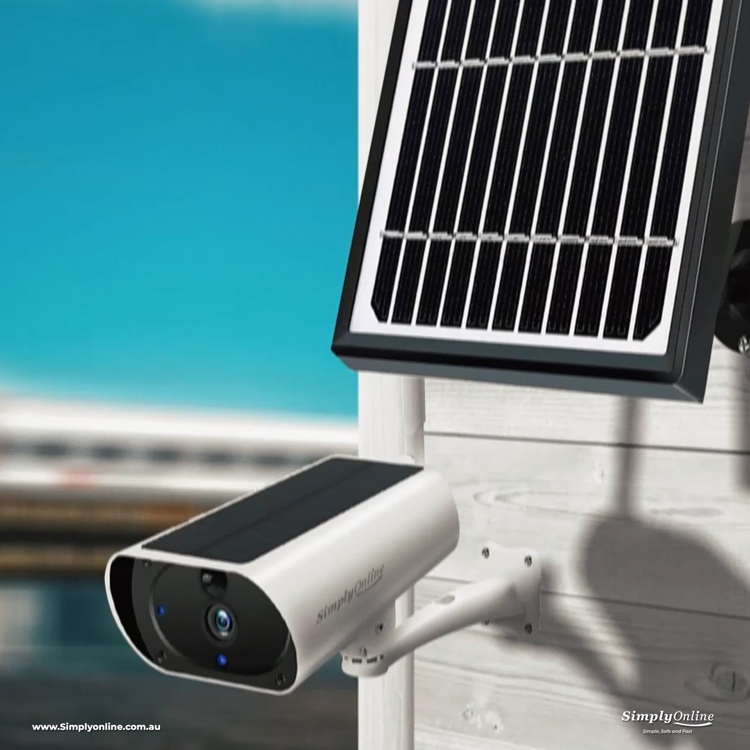
But what if the CCTV camera monitoring system itself grants it all access to hackers? Wireless CCTV camera monitoring system indeed provides 24/7 home surveillance, baby monitors and full-time access to cloud captured footage. However, with enough advantages of wireless CCTV cameras, there are a few potential security threats to these devices.
Do your WIFI-enabled CCTV camera monitoring system provide strong security? Because hacked cameras are quite dangerous.
The research shows that almost thousands of WIFI cameras had been hacked.
A security survey site revealed that 73,011 unsecured cameras are within 256 countries.
CCTV camera monitoring systems do provide protection, but it can be use by hackers, which then can harm your privacy and security.
One of the fantastic features of a WIFI security camera is the ability to show captured visuals in real-time. Security experts revealed that devices which come with a doorbell camera, for instance, ring and nest, pose a lesser risk of a hack attack.
But when the security cameras are connected with WIFI network,
then it gets even more problematic.
The reason lies on allowing these DIY cameras, which are accessible online and creates an opening for the hackers to get access.
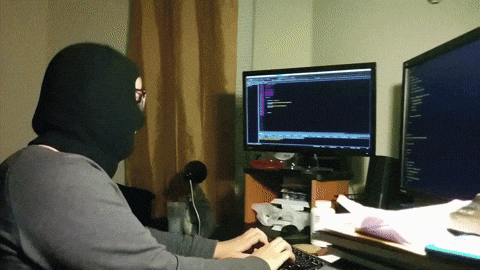
How could hackers get access to Surveillance cameras?
It’s relatively more comfortable for hackers to get access to many security cameras. But how is it possible for a person to hack and get the IP of the cameras?
Generally, the WIFI cameras that came under the list of the unsecured IP list had the reason for default password, or it lacked in password protection.
There are some possibilities that only a few companies provide elementary security features for CCTV camera monitoring system.
Some cameras lack providing support to SSL/TLS encryption, which allows the cameras to have vulnerable surveillance footage against hackers.
Most of the users are still facing the problem because they are not aware of the CCTV camera monitoring system between cameras and the router. For instance, if a hacker has access to a WIFI network, then it becomes relatively more comfortable for him to hack the CCTV camera monitoring system as well.
E. Homakov from online security described that hackers use a technique which is known as “clickjacking”. This technique involves applications that have HTML and CSS codes which creates invisible sources on the files.
These sources work as a “allow” command on which a user can click, even “play” button works on the same method. With this, whenever a user is surfing on the internet and chooses the option to “allow” or “play” then it’s permitting someone to get the access of webcams and IP cameras as well.
Therefore, here are some few safety precautions to maintain WIFI CCTV camera monitoring systems against hackers.

Steps to follow to prevent hackers from getting access to router and CCTV camera monitoring system
Keep updating the firmware
Just like growing technologies, hackers keep themselves focused on creating new malware with several hacking techniques. Hardware makers have the ability to push the firmware update in many devices.
There are relatively few routers that support “automatic updates”, and it’s highly recommended to keep them on.
However, if in case your router doesn’t support that feature,
then it is advised to visit the manufacturer’s website every few months to get an update with new software.
With this, if the manufacturing company stops releasing firmware, then it is advised to get a new router.
Turning off features of the router which you don’t use
Features like remote access which is often known as Remote Administration
or Remote Management not necessary for daily usage.
Even many routers which have Universal Plug and Play (UPnP), comes with default turned on settings.
Some devices or software ask permission to turn on the UPnP,
but it’s highly recommended to turn it off; otherwise, it could pose a security risk through WIFI.
- Changing the default password
Many routers come with default passwords, but some people often forget to change it. Keeping the same password or a weaker kind would increase the risk of being hacked. Therefore, keeping a complicated and long password which is not evident to anyone, would help to stay robust security systems.
- Custom Security Changes Settings
Nowadays, new routers have the feature to support WPA3 encryption and every manufacturing company advice to keep it turned on. However, if your WIFI doesn’t have the option then its recommended keeping WPA2, there are some outdated routers which only has WEP security protocols.
But if WIFI consists of WEP or WPA encryption, then advise to get rid of it.
- Set up two-factor authentications
WIFI with security feature provides one-time use passcode which can be sent via text, email, call or authentication app, which is necessary to enter to log into your account. Without a one-time code, the hackers will not be able to get access through the security system.
- Turn off online remote monitoring.
People with WIFI enabled surveillance cameras to have the feature of remote viewing, which can help them monitor the perimeters of the home when they are away. However, there is a hidden threat that can be led by an app or website. It gives remote access and gets log into your security cameras, which offers quite an advantage to hackers.
